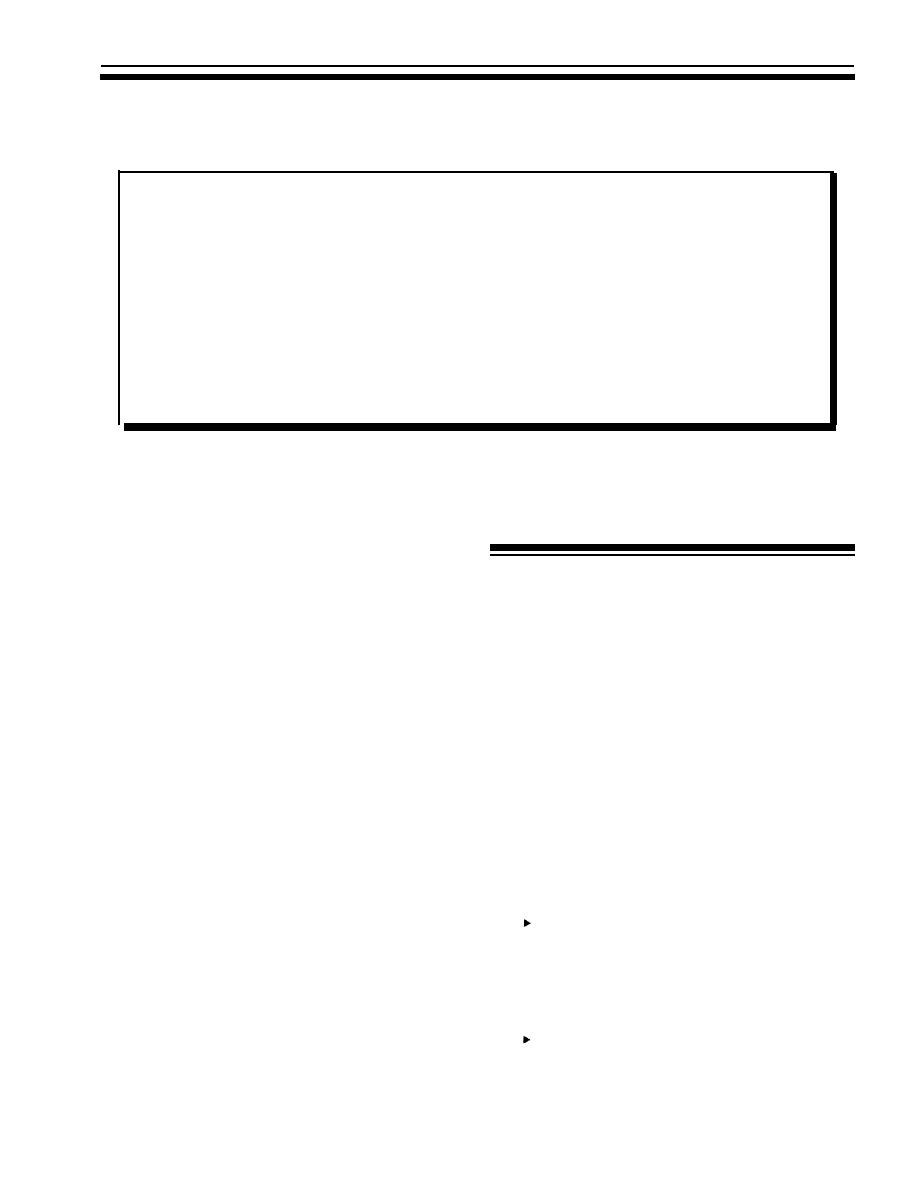

Custom Search
|
|

|
||
 CHAPTER 5
FABRIC PESTS
Learning Objectives
After completion of the study of Fabric Pests, the trainee should be able to:
Identify common fabric pest groups.
List the key features in the life cycle and habitat of some common fabric
pests.
Discuss inspection and prevention techniques for fabric pests.
Discuss pest management procedures for fabric pests.
Fabric, or textile, pest infestations sometimes
only signal that a pest infestation is present. The four
present the most difficult problems a pest management
groups of carpet beetles and two species of clothes
technician can encounter. Except for fumigation,
moths can be identified from specimens of either
pesticide use alone is never an effective control for
adults or larvae.
textile pest problems.
Textiles that are infested and consumed by pests
are usually wool-based such as woolen clothing,
CARPET BEETLES
carpets, and tapestries. Two types of insects are
All species of hide and carpet beetles belong in
responsible for the usual woolen fabric damage but by
the beetle family Dermestidae. Adult beetles have
their nature these pests -- carpet beetles and clothes
short, clubbed antennae, are black in color or with
moths -- feed on a broader diet than wool alone.
yellow-white or orange scales (observable only with a
Besides textiles made of processed wool, many other
good hand lens), or covered with fine smooth hair.
substances with a high-protein content are eaten by
The females can lay eggs throughout the year; the
these insects. One particular protein, keratin, is present
adults tend to be cyclical and most active in spring.
in wool and other hair or fur. The same material is
Adults commonly feed on flowers and flower pollen.
also found in feathers, skins, horns and hoofs. Other
The larvae are responsible for most textile damage.
materials that are high in protein are insect bodies,
They can be long lived; when food is scarce, larvae
pollen, silk, grains and seeds (particularly the "germ,"
continue to molt for longer periods, waiting out a food
as in wheat germ, or non-starchy portions). Insects are
supply.
the only animals capable of digesting keratin. Only a
few microorganisms and fungi in other kingdoms are
HIDE AND CARPET BEETLE
keratin reducers.
Adults:
Fabric pests -- carpet beetles and clothes moths --
the Larder beetle (Dermesfes lardarius)
developed as scavengers, consuming feathers, fur, and
is large, oblong, and will grow from
hide of dead birds and mammals. Many species feed
1/4 to 3/8 inch long; it has a dull, dark
on dead insects, the molted skins and pupal cases of
or black head and thorax, and its wing
moths, silkworms, tent caterpillars, mud daubers,
covers behind the thorax are half dull-
yellowjackets, wasps, hornets, dead bees and pollen.
yellow, and the latter half, black.
Textile pests are generally secretive and develop
the Hide beetle (Dermestes macularus)
on food that decomposes slowly. As populations of
is large, oblong l/4 to 3/8 inch long. Its
textile pests increase, individual adults and mature
dorsal or top surface is dark-brown or
larvae migrate away from the infestation to mate or
black, sometimes with white scales on
pupate in protected solitude. This activity often is the
Module One, Chapter 5, Pg 1
|
 |
|
 |
||